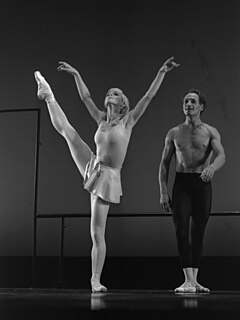 W
WDance in Israel incorporates a wide variety of dance styles, from traditional Israeli folk dancing to ballet, modern dance, ballroom dancing and flamenco.
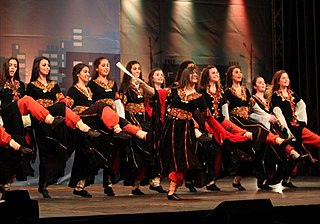 W
WDabke is a Levantine folk dance. Dabke combines circle dance and line dancing and is widely performed at weddings and other joyous occasions. The line forms from right to left and leader of the dabke heads the line, alternating between facing the audience and the other dancers. In English, it can be transcribed as dabka, dabki, dabkeh.
 W
WHora, also known as horo and oro, is a type of circle dance originating in the Balkans but also found in other countries. Hora retains the Romanian name as it was widespread and known in the world.
 W
WThe Inbal Pinto and Avshalom Pollak Dance Company is an Israeli contemporary dance company founded by choreographer Inbal Pinto and actor Avshalom Pollak, and operates in Tel Aviv, Israel since 1992. Pinto and Pollak are the artistic directors of the company, and are in charge of selecting pieces to represent the company.
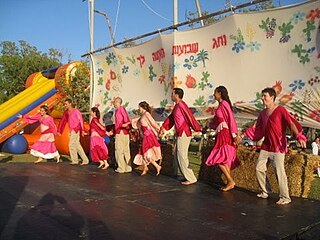 W
WIsraeli folk dancing is a form of dance usually performed to songs in Hebrew, or to other songs which have been popular in Israel, with dances choreographed for specific songs. Israeli dances include circle, partner and line dances. As almost all dances are intentionally choreographed, and the choreographers are known and attributed, the reference to these dances as "folk dances" is sometimes controversial among the general folk dance community. The recent trend of dances becoming much more complex and "professional" has led some to use the alternative term "Recreational Israeli Dancing".
 W
WKlezmer is an instrumental musical tradition of the Ashkenazi Jews of Central and Eastern Europe. The essential elements of the tradition include dance tunes, ritual melodies, and virtuosic improvisations played for listening; these would have been played at weddings and other social functions. The musical genre incorporated elements of many other musical genres including Ottoman music, Baroque music, German and Slavic folk dances, and religious Jewish music. As the music arrived in the United States, it lost some of its traditional ritual elements and adopted elements of American big band and popular music. Among the European-born klezmers who popularized the genre in the United States in the 1910s and 1920s were Dave Tarras and Naftule Brandwein; they were followed by American-born musicians such as Max Epstein, Sid Beckerman and Ray Musiker.
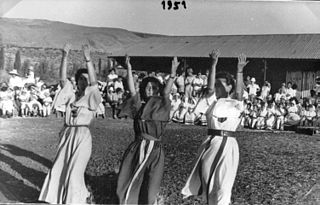 W
WMayim Mayim is a popular Israeli folk dance, danced to a song of the same name. It has become notable outside the Israeli dancing community and is often performed at international folk dance events.
 W
WRokdim Im Kokhavim is the Israeli version of the popular British TV show Strictly Come Dancing. The show features local celebrities partnered with professional ballroom dancers, competing to be the most successful dancers in the contest. Each week the couple that gains the fewest votes from the show's judges and spectators is eliminated. Viewers vote for their favorites, in order to save them from elimination, via phone, SMS and online. Over 350,000 votes were cast on the show's 3rd-season finale.
 W
WThe Suzanne Dellal Centre for Dance and Theatre is a centre for dance in Israel, located in Neve Tzedek, Tel Aviv.
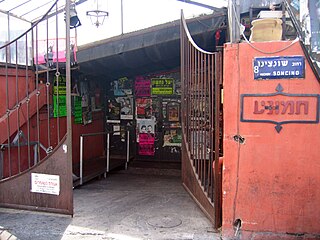 W
WTmu-na Theater is a community theater and performance center, featuring acts that veer towards the fringe and avant garde. The theater is situated on Soncino Road 8 in the Montefiore neighborhood of Tel Aviv, Israel, and contains four event halls. The theater's artistic director is Nava Zuckerman.